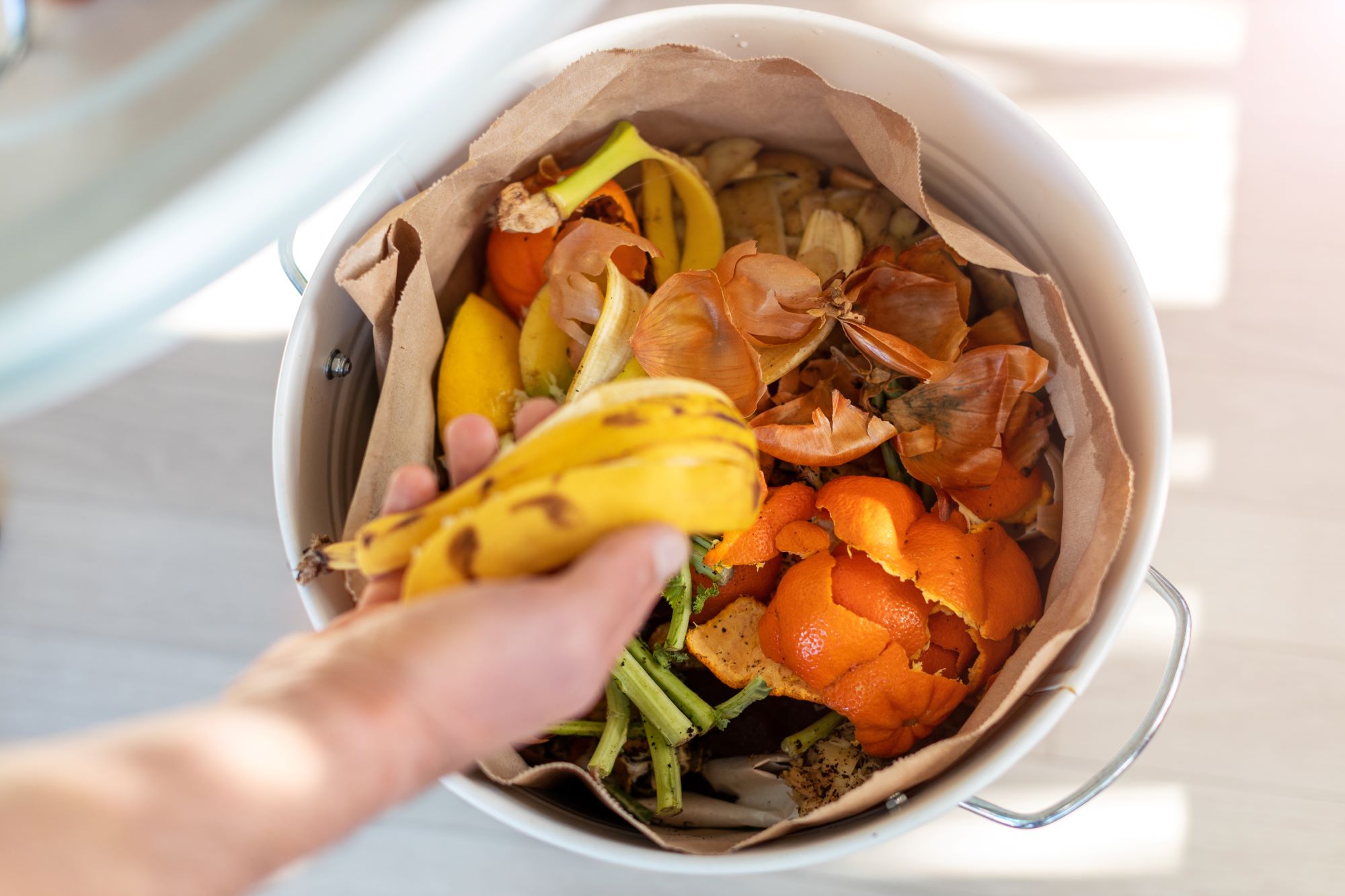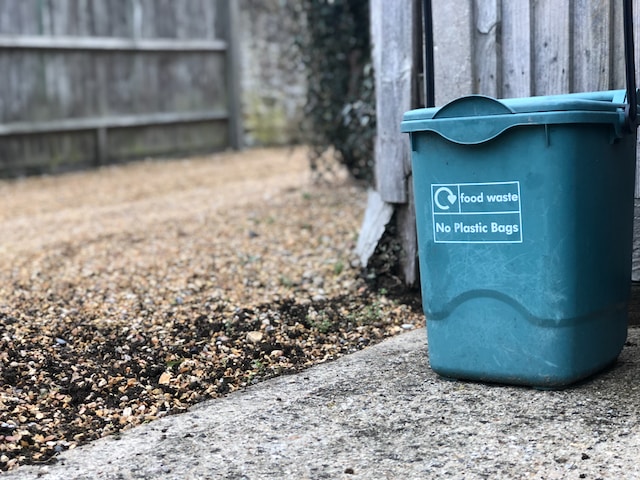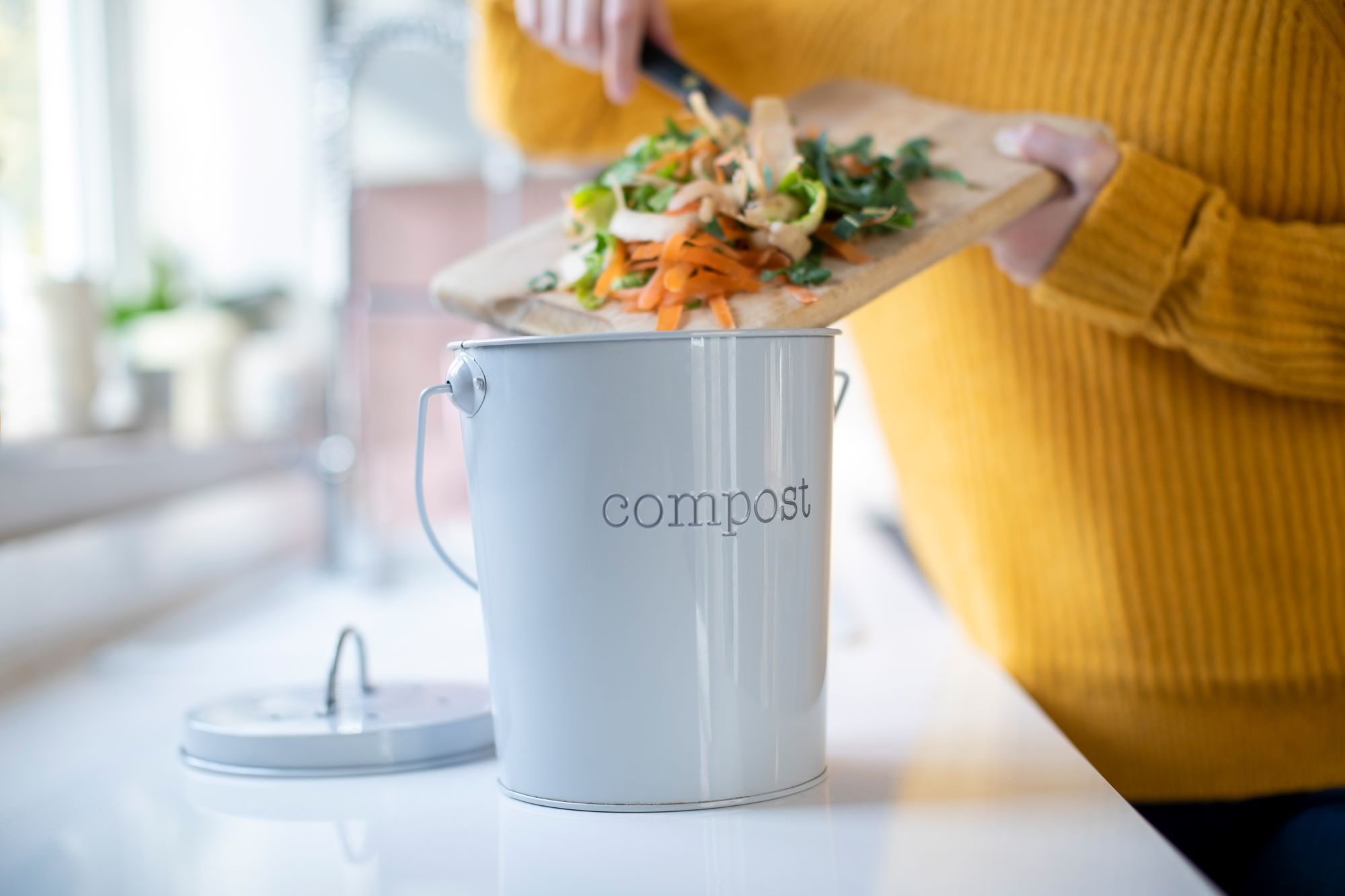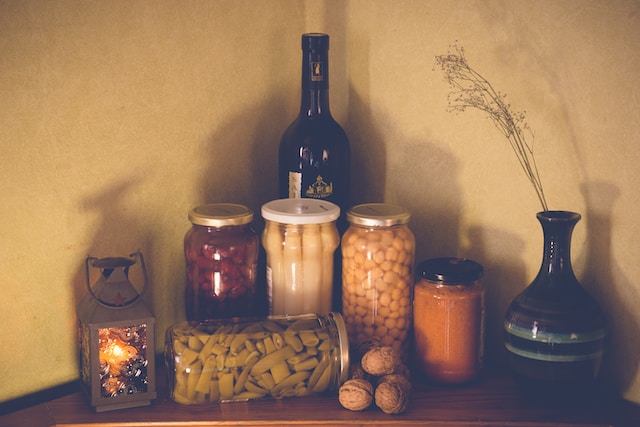6 Tips And Tricks For Managing Food Waste At Home
 Food waste is a global issue with significant environmental, economic, and social implications. Inefficient use of resources and the disposal of food contribute to greenhouse gas emissions and arable land depletion.
Food waste is a global issue with significant environmental, economic, and social implications. Inefficient use of resources and the disposal of food contribute to greenhouse gas emissions and arable land depletion.
Individuals can play a vital role in addressing this challenge and promoting a more sustainable future by managing food waste at home. Here are some benefits of minimizing food waste in residential properties:
- Environmental Benefits: Managing food waste at home reduces the amount of organic waste in landfills, decreasing methane emissions.
- Economic Savings: You can cut down on grocery bills and make better use of your food purchases.
Millions face hunger and malnutrition, while most homeowners discard substantial food daily. Individuals can help address this disparity by minimizing food waste and contributing to a more equitable food system.
6 Practices In Managing Food Waste At Home
 Now that you know the advantages of managing food waste at home, it’s time to start. So, here are some practical steps you can take to implement effective food waste management:
Now that you know the advantages of managing food waste at home, it’s time to start. So, here are some practical steps you can take to implement effective food waste management:
- Set Up A Compost Bin
One of the best ways to organize food waste is by setting up a compost bin at home. Composting diverts organic waste from landfills, which reduces methane emissions. Aside from that, using compost in your garden can minimize the need for chemical fertilizers. That way, you can promote a more eco-friendly and sustainable approach to gardening.
You can start your compost by adding a layer of brown materials like dry leaves and shredded paper. Then, follow it with green items like fruit and vegetable scraps, coffee grounds, or grass clippings. Alternating between these layers and adding water as needed can help maintain moisture.
In case you don’t have the space or the ability to compost at home, consider looking for rubbish removal services. When you visit websites like samedayrubbishremovalmelbourne.com.au, you’ll learn that experts in this field can collect compostable waste and ensure appropriate processing.
- Practice Portion Control
 Portion controlling is when you use a smaller plate and cut your portions accordingly. One way to adopt this trick is by meal prepping. Plan meals for the week and prepare them in advance to help you serve suitable portion sizes.
Portion controlling is when you use a smaller plate and cut your portions accordingly. One way to adopt this trick is by meal prepping. Plan meals for the week and prepare them in advance to help you serve suitable portion sizes.
You can prepare individual servings of cooked grains, proteins, and vegetables in separate containers. Then, assemble them into balanced meals. These steps ensure that each meal has the correct portion size, making it easy to grab and go throughout the week.
Most invest in a food scale, measuring cups, and spoons to measure cooking portions. These tools can help prevent overestimating portion sizes and avoid preparing more food than necessary.
- Use The FIFO Method
The ‘First In, First Out’ method is another effective strategy for reducing food waste at home. It’ll remind you to use the items you bought first. Hence, it can help you avoid throwing away perishable food items near the expiry date.
Organize your fridge and pantry by placing older food products in front. Meanwhile, it’s best to store items in clear food storage containers. In doing so, you can easily read expiration dates and identify which ones demand urgent consumption.
- Save Scraps For Stock
Effectively managing food waste at home involves making the most of available resources. For instance, you may collect vegetable peels, stems, or meat trimmings. Once you have enough, you can use them to make flavorful homemade stock. Here’s how:
- Simmer your scraps in water with herbs and spices for a couple of hours to make stock.
- Strain the liquid, and you’ll have a nutritious base for soups, stews, and sauces.
This way, you minimize the need to purchase store-bought options.
- Learn To Preserve
 Canning, pickling, and fermenting are excellent methods for preserving excess fruits, vegetables, and perishables. They can extend the life of your food and offer new flavors and textures. One example is putting vegetables like cucumber, beets, and onions in a vinegar-based solution or brine. Doing so might extend their shelf life and add a tangy flavor.
Canning, pickling, and fermenting are excellent methods for preserving excess fruits, vegetables, and perishables. They can extend the life of your food and offer new flavors and textures. One example is putting vegetables like cucumber, beets, and onions in a vinegar-based solution or brine. Doing so might extend their shelf life and add a tangy flavor.
Similarly, fermentation uses microorganisms to break down sugars and transform them. Examples of fermented foods include sauerkraut, kimchi, and yogurt. Through this process, you might improve these items’ nutritional value while prolonging their longevity.
- Store Food Properly
Proper storage can significantly extend the life of your food items. For instance, apples and bananas release ethylene gas. Hence, keeping them away from leafy greens and avocados is wise. You may store these fruits separately if you have drawers or air-tight containers. It can help maintain their freshness and prevent premature ripening and spoilage.
Another thing to keep in mind is temperature. You can set your fridge and freezer to the correct temperatures—around 37°F or 3°C for the refrigerator and 0°F or -18°C for the freezer. Consequently, you can extend the shelf life of the food products by several days to weeks.
Final Thoughts
As a homeowner, making a significant difference in reducing food waste is essential. Thus, consider proper food storage, preservation techniques, and the FIFO method. In addition, it’s best to get help from rubbish removal experts as they know how to dispose of food waste properly.
These strategies can contribute to a healthier environment and a more mindful approach to food consumption. So, embracing these practices helps you experience the benefits of having less waste at home.
 Author Bio
Author Bio
Rachel Lee is a food blogger and sustainability advocate. She has been sharing her passion for reducing food waste through her blog and social media platforms for the past 5 years. Rachel believes that small changes in daily habits can make a big impact on the environment and has written extensively on practical tips and tricks for managing food waste at home. In her free time, Rachel enjoys experimenting with new plant-based recipes, practicing yoga, and volunteering at her local community garden.






